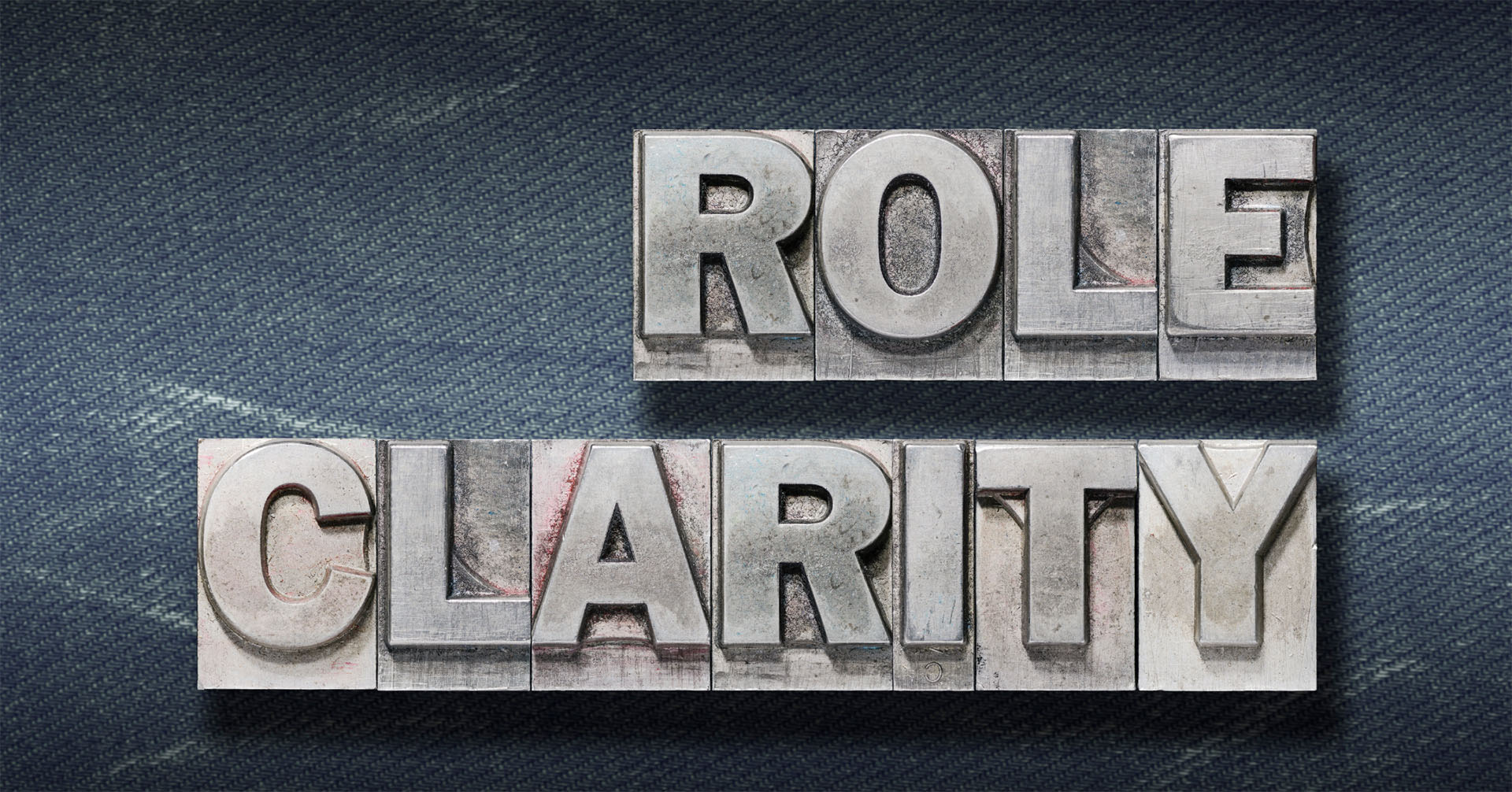No matter what kind of team you’re building—soccer, sales, or rocket science—having role clarity is of utmost importance. Conversely, lacking clarity can severely impede performance. Let’s explore why role clarity is critical in business and how it will help you lead your team to success, ensuring that every member plays his or her part.
What is Role Clarity?
Role clarity involves how well employees understand their job, responsibilities and how their work affects their team and corporate strategy.
When teams have strong role clarity, employees recognize their peers’ skills and the problems they’re qualified to solve. If the team pursues a set of objectives, role clarity helps ensure a game plan to accomplish those goals.
Why Role Clarity Matters
Research shows that employees are more engaged when they understand their responsibilities, goals, and priorities. In contrast, role ambiguity and conflict can create confusion and stress. Reducing role uncertainty will make your team more effective as they will be more focused on their specific tasks.
You cannot create clarity with a single team check-in or even by simply writing a good job description (which is a good start). Role clarity is an ongoing process as organizational priorities, and individuals’ work evolves.

What is Good Role Clarity?
A job description and a detailed list of tasks are often mistaken for “role clarity.” Writing down what a role
is doesn’t mean someone will do the work, never mind doing it well.
Good role clarity is a collaborative process that is ongoing. Managers must work with their direct reports to ensure everyone is aligned with the specifics of their roles.
When team members understand their objectives and how their work impacts the company, they will understand how to approach problems and where and when to use their capabilities. Being too rigid with tasks can backfire when work needs to adapt due to a shift in business priorities.
It also helps employees understand their colleagues’ roles and where their skill sets may overlap. Not knowing can cause duplicated efforts or lead to employees working against one another. Defining role clarity helps to avoid role conflict, understand how people’s skills complement one another and make space for healthy collaboration.

3 Ways to Build Role Clarity
- Document Everyone’s Roles
In mid- to large-size organizations, it is easy for teams and departments to fall into silos where it becomes difficult to remember each person and their area of expertise. To avoid this, prepare a document for team members to fill in containing the following:
- Their title
- A short outline of their responsibilities on the team
- A description of their skills
- Which tools they use or manage
- Some existing examples of their work
- How they can assist others on the team
- Build a RACI Chart
A RACI chart creates clarity around a new project or initiative.
The RACI framework has been around for many years and is typically used to track individual responsibilities for projects with many moving parts.RACI stands for:
- R = Responsible: individual or individuals doing the work
- A = Accountable: individual accountable for the work or its approval (often a manager)
- C = Consulted: anyone who needs to be consulted regarding the work and key decisions
- I = Informed: anyone who must be informed of progress and major milestones, whether they influence the work
RACI doesn’t have to fit within the boundaries of a single team. It can loop in stakeholders from across the organization (usually Consulted or Informed), or, for a company-wide initiative, it can build a cross-functional team.
- Map Out Team Competencies
Assessing team competencies is another way to build role clarity. It is easier to leverage competencies in specific roles by having more visibility into your employees’ strengths. Invite your team members to do a quick evaluation of their skills and then list them side by side to see how individual skills complement each other. Visualize your objectives to determine where you can use natural strengths—and where you may have to “stretch” to hit your goals.
Role clarity doesn’t end there. Below are some other ways you can keep your team headed in one direction:

Define What Success Is to Your Business
Meet with each team member to review their job description and your expectations for their role. However, be somewhat flexible so roles aren’t too rigid as that may demotivate employees, limit their creativity and stop them from expanding their skill sets.
Create Alignment
To ensure your team is aligned on their current work and goals, facilitate transparency, and ask the group to share their ideas and tasks they are working on. Most important, create a team culture where people can rely on each other’s strengths and feel encouraged to ask for help.
Consistently Revisit This Alignment
Remember, business objectives are constantly evolving. Make sure you have regular conversations with your people around goals and expectations. Doing this will prioritize the employee experience and set your organization up for future success.
Our ALIGN team of experienced recruiters is always available to assist with viable suggestions to help you meet your goals.



